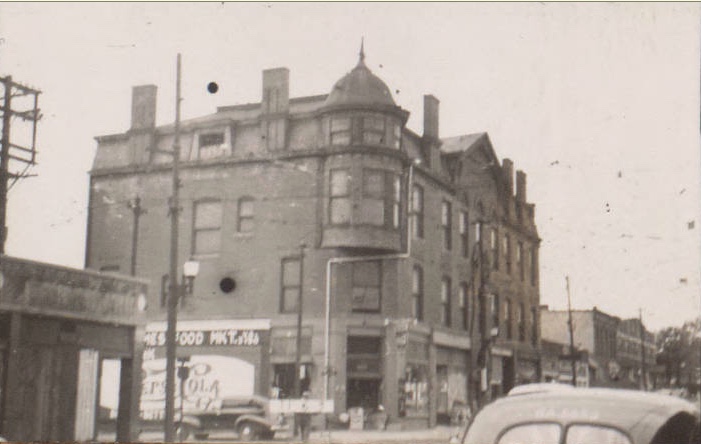
This block of Midtown once thrived as a commercial center, with businesses such as pharmacies, restaurants and beauty shops serving the surrounding neighborhoods.
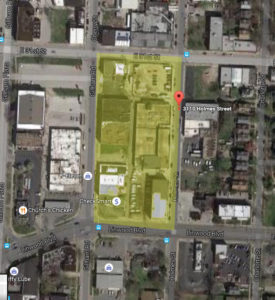
Although a recent satellite image shows only a large parking lot at the corner of Thirty-first and Holmes, that location was bustling in earlier days. From the 1920s to the 1940s, 31st Street between Holmes and Gillham Road was packed with a tight row of storefronts put for various purposes. During those decades, the tenants included a bank, a drug store, beauty shops, and the Wilson Coffee Shop, where Maud Wilson became a local celebrity during prohibition for smashing up a saloon just around the corner with an ax.

The largest business on the block was Borden’s Home Dairy, which moved into its “most modern” plant at 3112 Holmes in 1939. Another popular Kansas City business on the block was Kate Hinkle’s French Laundry, which specialized in “delicate, lovely things whose laundering requires a particular technique, fancy quilts, and blankets, curtains, linens, and centerpieces.”
When these photos were taken in 1940, Anheuser-Busch had space on Gillham Road. The American Chair Rental Company served the community from its location at 3107 Gillham. And that same block housed a variety of automobile dealers over the years.
The photos below show the rest of the buildings on the block as they looked in 1940.
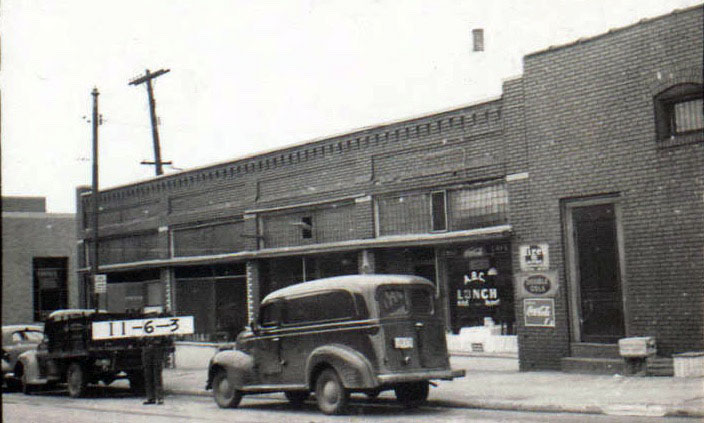
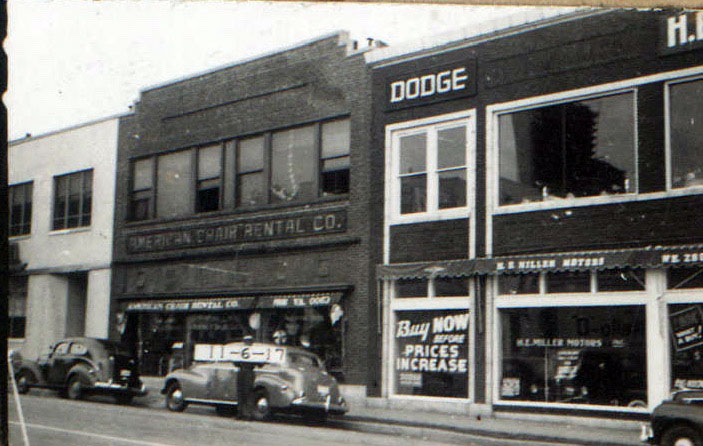
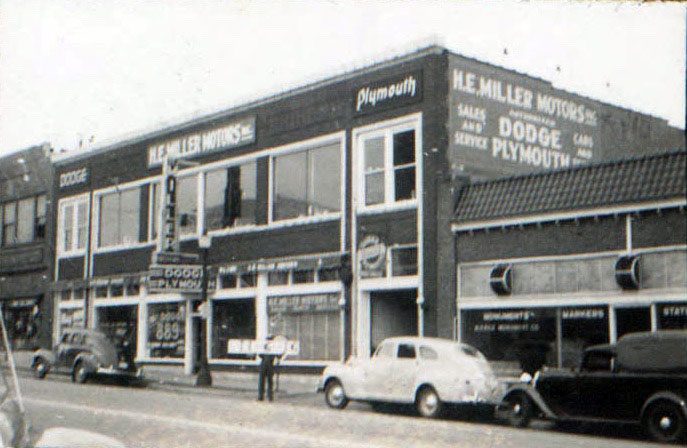
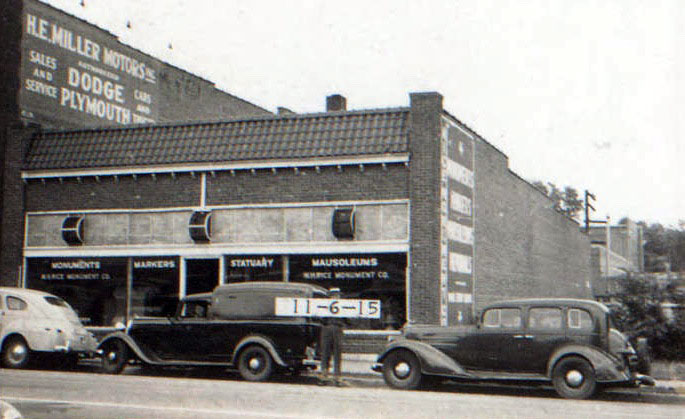
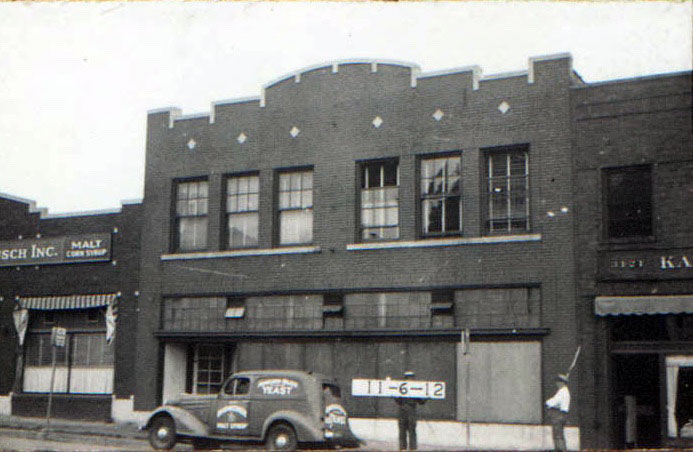
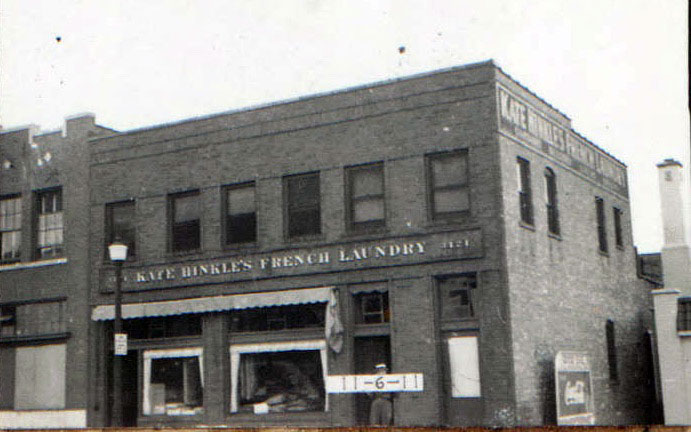
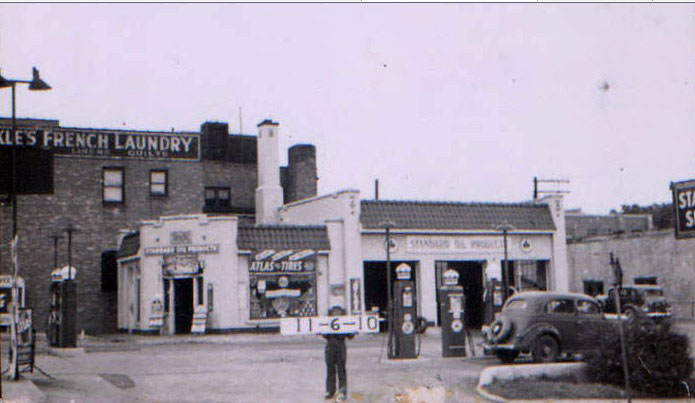

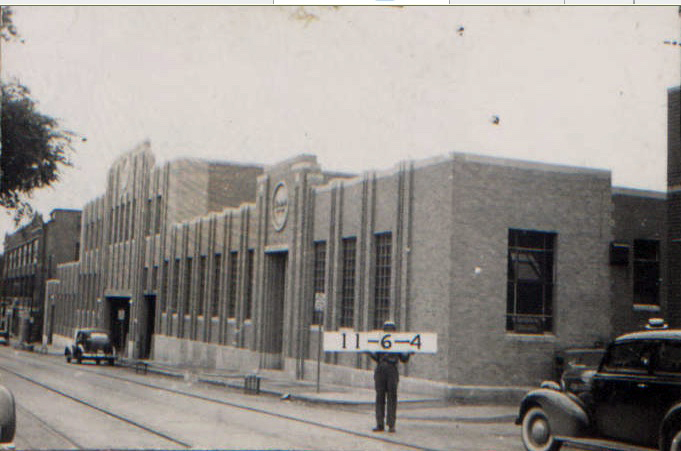
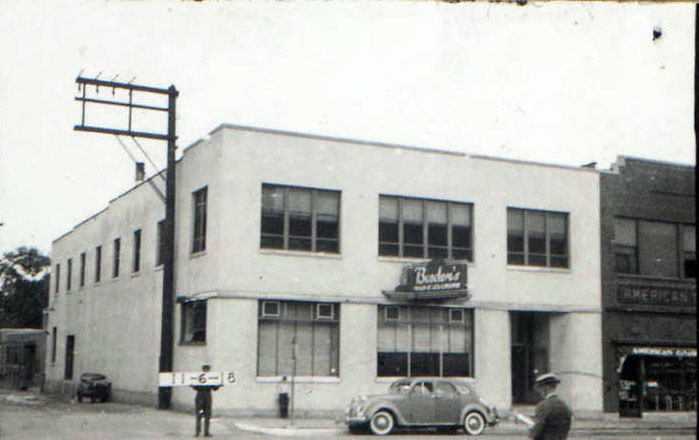
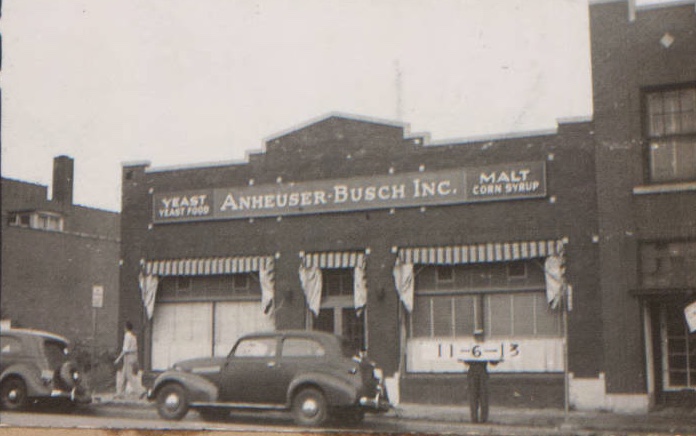
Historic photos courtesy Kansas City Public Library/Missouri Valley Special Collections.